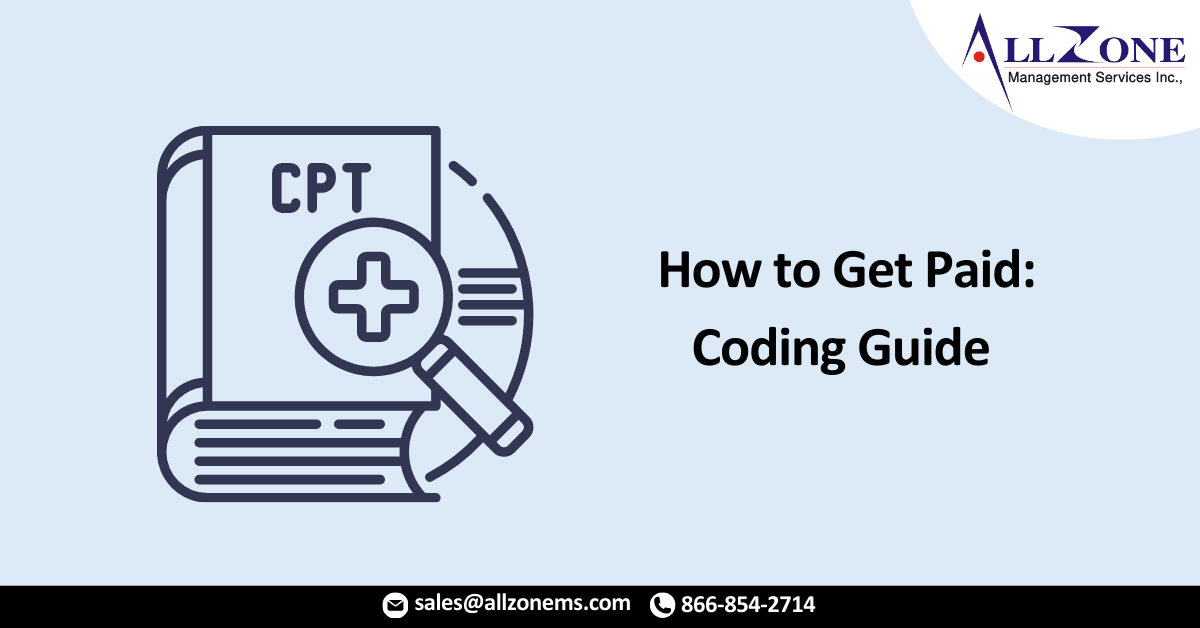What you need to know to avoid claim denials and to maximize practice revenue
Despite your best efforts to follow billing guidelines, payers still deny your claims. Or in some cases, they pay you and then take the money back. Experts say you can’t ever eliminate denials and post-payment recoupment entirely, but you can reduce them by focusing on coding and documentation compliance. Listed below are eight of the most common reasons for denials and how to avoid them.
- Incorrect patient status (i.e., new versus established)
How to get paid: Don’t make assumptions. A patient who is new to you isn’t necessarily a new patient per official definitions. For example, did the patient have an audio-visual telehealth appointment within the past three years? If so, they’re considered an established patient even if they’ve never been seen in person.
Was the patient who was seen within three years by another physician in the same clinic? If so, they’re also an established patient. If taxonomy codes (aren’t) set up correctly, this will impact coding.
Be mindful of non-physician providers who see new patients and bill under their own nation provider identifier. If a physician sees those same patients within three years, the patients are considered established.
- Incorrect applications of prolonged services codes with office visit evaluation and management (E/M) codes
How to get paid: Know the rules. In the past, physicians could report a prolonged services E/M code in addition to any other E/M office visit code. However, in 2021, Medicare and current procedural terminology (CPT) rules and codes changed. What do you need to know? Consider the following:
Report the right codes. For Medicare, the prolonged services code is G2212. For non-Medicare, it’s 99417.
Know when to report prolonged services. Physicians can only report G2212 or 99417 with 99205 or 99215 when the physician selects the E/M code based on total time (not medical decision-making). Also be sure to append modifier -25 to the base E/M code.
Note minimum time thresholds for Medicare versus non-Medicare. See the chart below for more information.
Be sure to document the total face-to-face or non–face-to-face time spent with the patient on the date of the encounter, as well as why additional time beyond the usual service was required.
- Invalid medical codes
How to get paid: Stay abreast of annual coding changes. So many practices don’t keep up with the coding changes.
What are some recently updated diagnoses? Consider the following:
Headache. Report R51.0 or R51.9.
Low back pain. Report M54.50, M54.51 or M54.59.
Cough. Report R05.1, R05.2, R05.3, R05.4, R05.8 or R05.9.
Similarly, physicians who don’t stay on top of coding changes also run the risk of reporting invalid procedure codes. Example: G0297 for lung cancer screening; this code was deleted in 2021 and replaced by 71271. In addition, in 2022, Centers for Medicare & Medicaid Services (CMS) finalized the addition of proposed CPT code 99X21 as new CPT code 99437 (chronic care management services, each additional 30 minutes, by a physician or other qualified health care professional, per calendar month). CMS also adopted new guidelines for musculoskeletal procedures, including nonmanipulative care, and continues to publish new vaccine codes for COVID-19.
Another helpful pointer is to know when a singular combination code (rather than multiple diagnosis codes) is required. For example, when a patient has type 2 diabetes with chronic kidney disease, report E11.22. When a patient has hypertension with chronic kidney disease, report I12-. When a patient has heart failure with hypertension and chronic kidney disease, report I13-. Payers will deny claims when physicians don’t follow these coding rules.
For More Information: the 2022 coding guide

